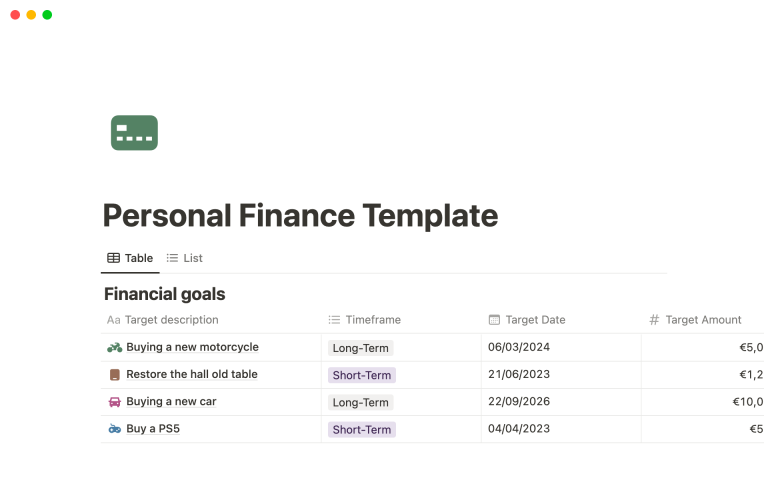Teaching children about money management is one of the most valuable gifts we can provide them. As they grow, kids will face decisions that involve spending, saving, and budgeting—skills that will serve them well throughout their lives. Educators and parents alike can benefit from comprehensive money management lesson plans for kids that engage and educate young learners. Here’s how you can approach teaching children about finance in a fun and productive way.
Understanding the Importance of Money Management Lesson Plans for Kids
The foundation of financial literacy starts with understanding the basic principles of money management. Money management lesson plans for kids should be designed to empower them with knowledge about how to earn, save, invest, and spend money wisely. Children who grasp these concepts early are often more successful in handling their finances as adults.
Key Concepts in Money Management for Kids
Here are some essential concepts that can be incorporated into your money management lesson plans for kids:
- Earning Money: Discuss various ways kids can earn money, from chores to lemonade stands, encouraging them to think about work and income.
- Saving Money: Teach the importance of saving for future goals, explaining concepts like interest and saving accounts.
- Spending Wisely: Introduce kids to budgeting basics and the need to prioritize needs over wants.
- Investing Basics: Simplify the concept of investing and its benefits, allowing kids to understand how money can grow over time.
Incorporating Interactive Activities in Money Management Lesson Plans for Kids
To keep kids engaged, interactive activities can be invaluable. Here’s an effective lesson plan that combines education with fun:
Lesson Plan: The Penny Project
The Penny Project is an interactive way to teach kids about money management through hands-on activities. Students will learn about different denominations of money and practice counting, saving, and budgeting.
Materials Needed:
- Real or play coins
- Penny jars for each student
- A chalkboard or flipchart for tracking goals
Activity Steps:
- Start with a discussion about values: Ask students what they think is important when it comes to handling money.
- Introduce the concept of saving and setting goals: Encourage them to think about what they would like to save for.
- Distribute the penny jars: Explain the activity whereby students will collect and save pennies throughout the week.
- At the end of the week, have each student count their pennies and report their savings, discussing how saving can lead to reaching their goals.
Visual Learning: Using Images to Enhance Money Management Lesson Plans for Kids
Visuals help reinforce learning, especially for younger audiences. Incorporating images into lessons can capture students’ attention and lead to better retention of financial concepts. Here is a relevant image to inspire your teaching approach:
Money Management Concepts Illustrated
This image represents the core ideas of money management tailored for kids and should encourage students to think creatively about finance.
Fun Games to Reinforce Money Management Lesson Plans for Kids
Games are an excellent way to bolster the effectiveness of money management lesson plans for kids. Here are a few activities that can bring excitement into learning:
1. Money Bingo
Using a customizable bingo card filled with different denominations of money, kids pass a bingo chip when they recognize the right coin or bill. When someone gets a line, they can have a small reward. This game reinforces recognition and value assessment of money.
2. Budgeting Simulations
Create a mock shopping environment where students are given a budget and must decide how to spend their ‘money’ wisely. This will teach kids about budget constraints and the importance of prioritizing needs versus wants.
3. Online Money Management Games
Utilizing educational websites that provide interactive games can cement their understanding. These games allow them to explore finance in a risk-free and engaging way.
Expanding on Money Management Lesson Plans for Kids
In addition to core concepts, it’s crucial to adapt the lessons to fit various age groups to maximize engagement. Younger children might need more practical examples, while older kids could benefit from detailed discussions involving credit, debit, and investing strategies.
Resources for Parents and Educators
If you’re looking to incorporate expansive knowledge into your money management lesson plans for kids, there are numerous resources available:
- Books that cater to children about finance.
- Online courses focused on children’s financial literacy.
- Community workshops that may provide interactive experiences related to finance.
Summary
In conclusion, creating effective money management lesson plans for kids requires innovative approaches that are structured yet flexible. By combining discussions, activities, visuals, and games, educators can equip children with essential money management skills that will benefit them for a lifetime. These lessons not only teach kids the basics of handling money but also instill a sense of responsibility and an understanding of financial concepts in today’s world. Embrace the opportunity to shape their future through comprehensive and engaging financial education.
Remember, the foundation of financial literacy is built over time. Start with small, consistent lessons that emphasize the importance of money management while keeping it fun and engaging.



